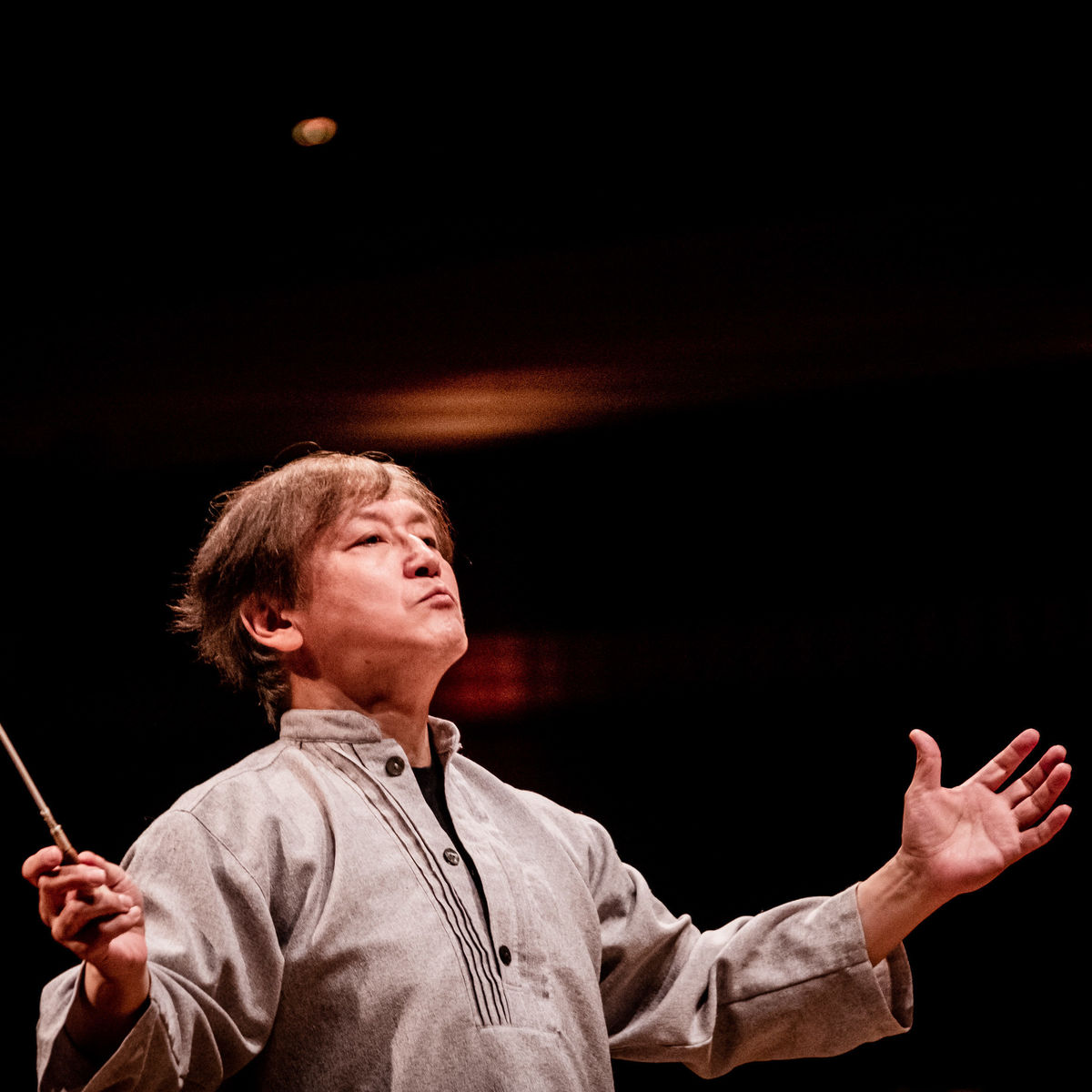music director

KAZUSHI ONO 大野 和士
Kazushi Ono is back in Brussels! This marvelously passionate conductor (‘a phenomenon’, according the French newspaper Le Figaro) will, as from September 2022, divide his time between Tokyo (where he is music director of the Tokyo Metropolitan Symphony Orchestra and artistic director of the New National Theatre Tokyo) and Brussels, where he will begin his tenure as music director of the Brussels Philharmonic: "I am really impressed by the full sound, the versatility and the passion of the musicians."
Kazushi Ono has a special connection with the Belgian capital: from 2002 to 2008 he lived and worked here as the music director of the Munt / La Monnaie opera – and to this day owns a house in Brussels. "It is always a bit of a homecoming in Brussels. I can feel the excitement and the eclectic flow of European arts here".
And homecoming it will be as well at the Brussels Philharmonic, because the vision of Kazushi Ono overlaps in so many ways with that of the orchestra: the authenticity with which the great repertoire is kept alive, the permanent quest for innovation and evolution, the commitment to giving the music of today and tomorrow a central role, and the passion for sharing the love of symphonic music widely and generously.
[discover all concerts with Kazushi Ono]
[download biography]




liberate the musicians
"My goal as a conductor is to liberate the musicians and let them make music. That is very important, because a conductor doesn’t make a single sound on their own. As a conductor, if musicians feel that you are concentrating on a conversation with the composer, it gives them the incentive to make music in a profound way."
being together
"As time has gone by, I’ve learnt how to get an orchestra to play together, but music goes far beyond that. The most important thing is not being together but how they are together – floating, or intensely, for example."
A cathedral of sound
"In the end, the sound of a great orchestra is an accumulation of each musician’s abundant images, and reaches upwards as one instrument, like the roof of a magnificent Gothic cathedral: a steady foundation, beautifully constructed walls and many sonorities in between."
"My ideal orchestral sound is one that grows upwards, like a great cathedral."
the art of relativity
"It’s very important to me to programme the music of our time. I like to structure concerts with a new piece at the beginning or as a second half, mixing that with better known pieces from the 18th and 19th centuries. When you include repertoire from different periods, it becomes easier for the audience to recognise the differences between them, so they can understand each one more profoundly. It opens their ears. This is what I call the ‘art of relativity’. Audiences may be used to listening to the music of Mozart but if they hear his music alongside Brahms and Messiaen, for example, they can appreciate it even more deeply; if they hear Stravinsky’s The Rite of Spring after a creation of our time, it might seem very Classical."
